How To Reset PRAM/NVRAM and SMC on Mac

Every Mac user knows the joy of a seamless and efficient computing experience, where tasks are completed effortlessly and technology works like a charm. However, just like any complex system, even Macs can occasionally encounter minor issues that can disrupt smooth functioning. Thankfully, Apple has equipped its computers with powerful mechanisms known as PRAM/NVRAM and SMC, which are responsible for storing essential settings and maintaining hardware integrity.
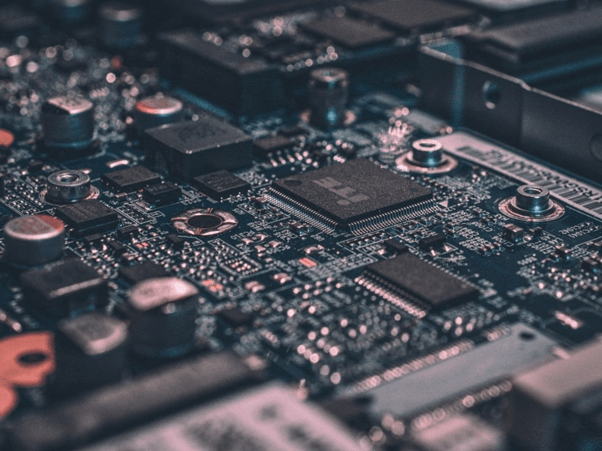
In this blog post, we will dive into the world of Mac troubleshooting and explore the importance of resetting PRAM/NVRAM (Parameter RAM/Non-Volatile Random-Access Memory) and SMC (System Management Controller). Whether you’re experiencing unusual system behavior, hardware malfunctions, or even booting problems, a simple reset of these critical components can often work wonders in restoring your Mac’s performance and resolving persistent issues.
Let’s dive in!
Also read: Best Fan Control Apps for Mac in 2023
What is PRAM/NVRAM and SMC on macOS?
PRAM (Parameter RAM) and NVRAM (Non-Volatile Random-Access Memory) are small portions of memory on your Mac that store various system settings. These settings include information related to display resolution, sound volume, startup disk selection, time zone, and other hardware-specific configurations. PRAM was used in older Mac models, while NVRAM is found in newer models.
On the other hand, SMC (System Management Controller) is a chip present in Intel-based Mac computers. It manages various hardware functions, including power management, thermal management, battery charging, and keyboard backlighting, among others. The SMC ensures that these components work optimally and efficiently.
Both PRAM/NVRAM and SMC play crucial roles in maintaining the overall performance and stability of your Mac. Understanding their functions and knowing how to reset them when necessary can be valuable troubleshooting tools, enabling you to overcome common software and hardware glitches that may arise during your Mac’s lifespan.
|
Before we begin…
Are you tired of battling sluggish performance on your Mac? Look no further! Boost your Mac’s speed and efficiency with the incredible “Cleanup My System” app, available for download on the Mac App Store. This professional cleaning and optimization tool is designed to fine-tune your Mac’s performance, ensuring it runs smoothly and efficiently. If you find yourself constantly frustrated by slow-loading apps, system lag, and overall decreased productivity, Cleanup My System is the solution you’ve been seeking. With its advanced features and intuitive interface, this app allows you to effortlessly clean up cluttered files, remove unnecessary junk, and optimize your Mac’s performance in just a few clicks.
Say goodbye to the days of waiting for your Mac to catch up with your tasks. Let “Cleanup My System” unleash the hidden power of your Mac, delivering a lightning-fast and seamless user experience. Get Cleanup My System |
How to Reset PRAM/NVRAM on Mac?
Resetting PRAM/NVRAM can help resolve various minor issues and restore your Mac’s performance.
Here’s a step-by-step guide to reset PRAM on Mac:
Step 1: Shut down your Mac completely. Make sure it is turned off before proceeding.
Step 2: Press and hold the Command + Option + P + R keys simultaneously.
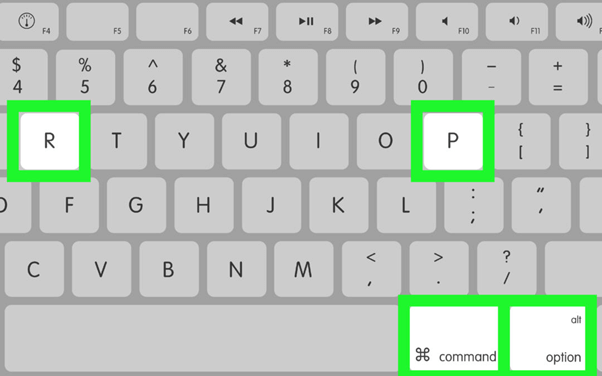
Step 3: While holding down these keys, turn on your Mac by pressing the power button. Keep holding the keys until you hear the startup sound for the second time, or if your Mac is equipped with a T2 chip until you see the Apple logo and progress bar appear and disappear for the second time.
Step 4: Once you’ve released the keys, your Mac will continue starting up normally.
Voila, you have successfully reset the PRAM/NVRAM on your Mac. It’s worth noting that after resetting, you may need to reconfigure certain settings, such as the time zone or startup disk selection, as they will be restored to their default values.
Also read: How To Fix Macbook Stuck on Loading Screen?
How to Reset SMC on MacBook Pro?
The process of resetting SMC on Mac is different for each model. In this post, we have listed step-by-step instructions to do the same.
Reset SMC on Older Mac Models:
Resetting the System Management Controller (SMC) on older Macs, specifically those manufactured before 2018, is a straightforward process. Just follow these simple steps:
Step 1: Power down your Mac, ensuring it is completely shut down.
Step 2: Disconnect the power supply from your Mac.
Step 3: Wait for approximately 15 seconds and then reconnect the power supply to your Mac and wait for an additional five seconds.
Reset SMC on M1 Mac:
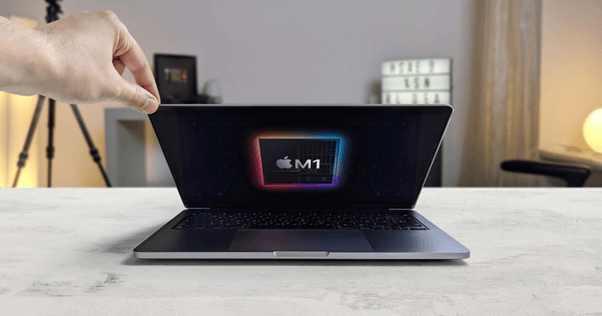
With the latest Mac models powered by Apple Silicon, there’s no need to manually reset the SMC. That’s because these newer Macs no longer have a separate system management controller. So, sit back, unwind, and let your Mac take care of everything.
Also read: Macbook Camera Not Working? Here’s How to Fix it!
Reset SMC on Intel-Based Mac:
With Removable Battery
To reset the System Management Controller (SMC) on an Intel-based Mac with a removable battery, you can follow these steps:
Step 1: Shut down your Mac completely.
Step 2: Disconnect the power adapter from your Mac.
Step 3: If applicable, remove the battery from the back of your Mac.
Step 4: Press and hold the power button for about 5 seconds.
Step 5: Reinsert the battery, if you had removed it.
Step 6: Reconnect the power adapter to your Mac.
Step 7: Press the power button to turn on your Mac.
By performing these steps, you will successfully reset the SMC on your Intel-based Mac with a removable battery.
Non-Removable Battery
To reset the System Management Controller (SMC) on an Intel-based Mac with a non-removable battery, you can follow these steps:
Step 1: Shut down your Mac completely.
Step 2: Connect your Mac to a power source using the power adapter.
Step 3: On the built-in keyboard, press and hold the Shift, Control, and Option keys simultaneously, along with the power button (or the integrated power button on a MacBook).
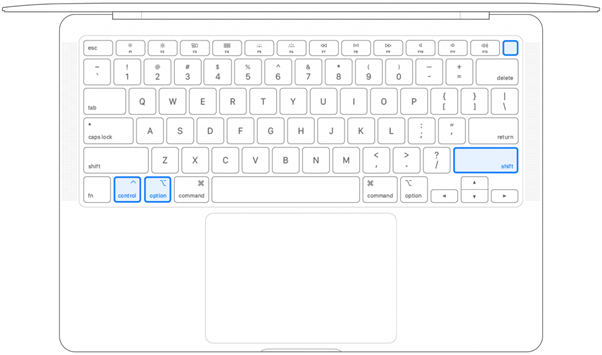
Step 4: Release all the keys and the power button at the same time.
Step 5: Press the power button again to turn on your Mac.
Reset SMC Mac Mini, iMac, and MacBook Pro
In the newer Mac models equipped with advanced T-2 security chip, you can follow the below-listed steps to reset SMC:
Step 1: Begin by shutting down your Mac.
Step 2: Press and hold the power button for approximately 10 seconds.
Step 3: Release the power button and proceed to restart your Mac.
Step 4: Shut down your Mac once again.
Step 5: Unplug the power cord from your Mac and patiently wait for about 15 seconds.
Step 6: Reconnect the power cord and allow an additional five seconds to pass.
Step 7: Finally, turn on your Mac.
By following these steps, you can effectively reset the SMC on your Mac.
Also read: How To Start and Use Mac In Recovery Mode?
Conclusion
This wraps our guide on how to reset SMC on MacBook Pro. In the world of Mac troubleshooting, knowing how to reset PRAM/NVRAM and SMC can be invaluable knowledge. These two powerful components, responsible for storing system settings and managing hardware functions, play a crucial role in maintaining the optimal performance and stability of your Mac.
By following the step-by-step guides provided in this blog post, you now possess the tools to reset PRAM/NVRAM and SMC on your Mac with ease. Whether you’re experiencing unusual system behavior, hardware malfunctions, or even booting problems, these resets can often work wonders in resolving issues and restoring your Mac’s performance.
Was this post helpful? Feel free to share your thoughts in the comments section!

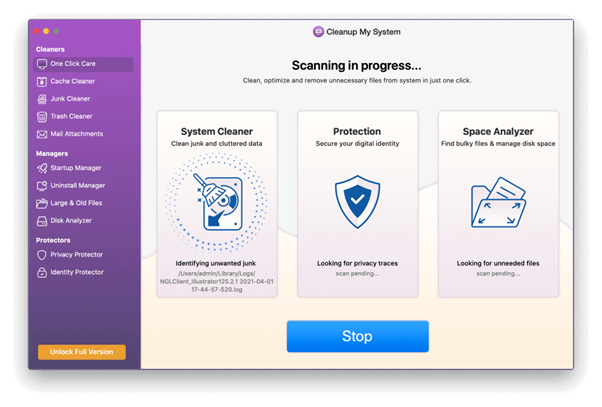
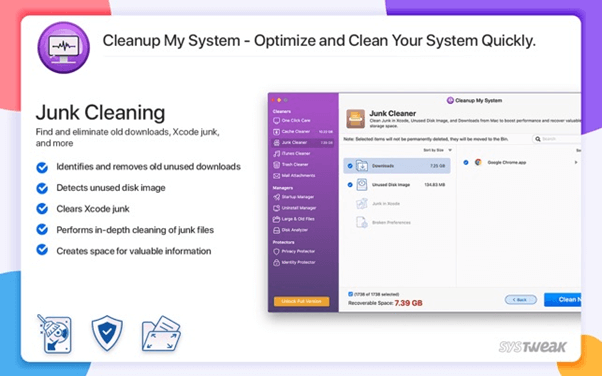

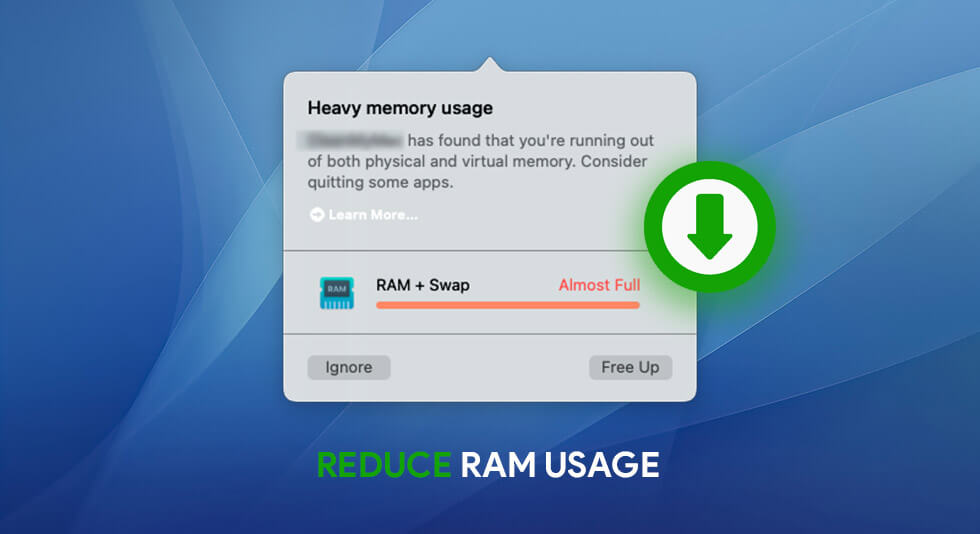 How To Reduce Ram Usage on Mac | How to Clear Memory on Mac
How To Reduce Ram Usage on Mac | How to Clear Memory on Mac Best Text Editor For Mac (2024)
Best Text Editor For Mac (2024)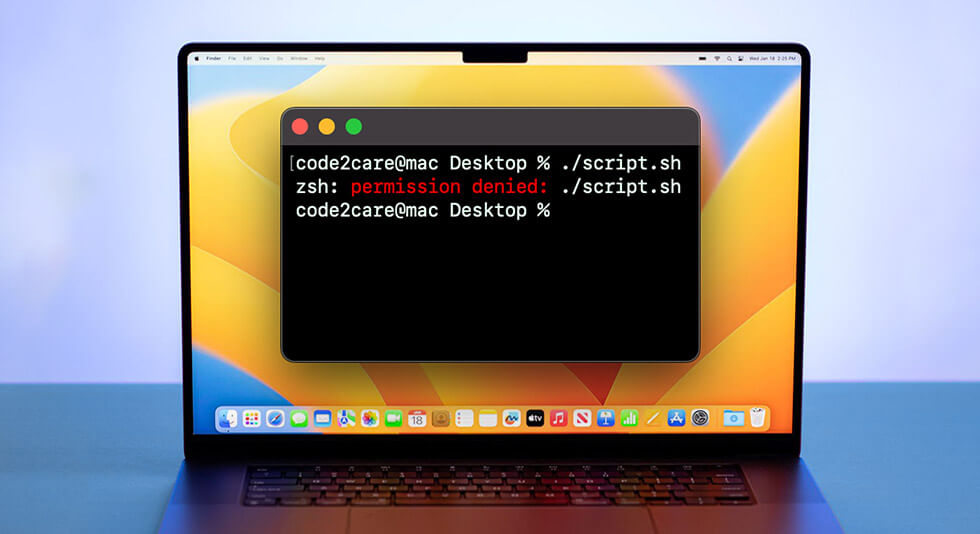 How to Fix Permission Denied on Mac Terminal
How to Fix Permission Denied on Mac Terminal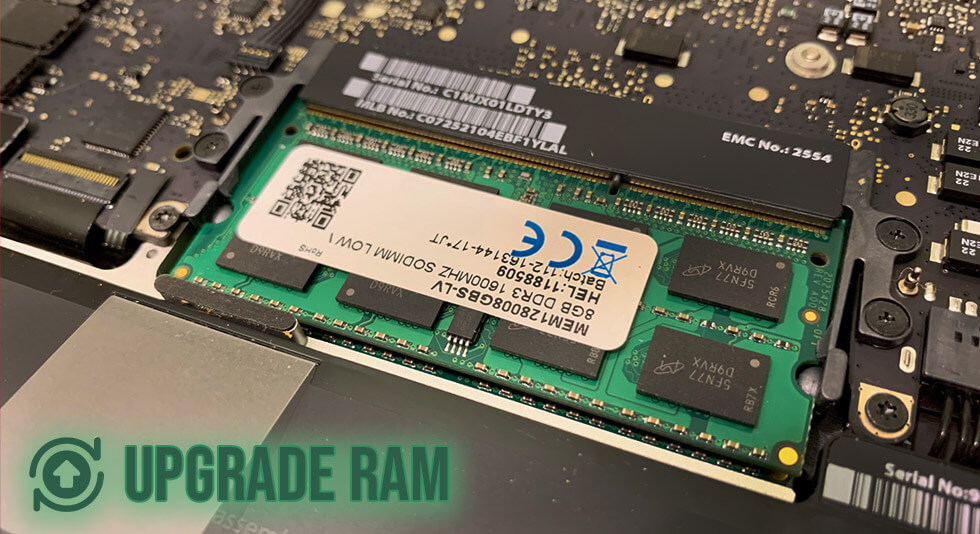 How To Upgrade RAM on Macbook Pro
How To Upgrade RAM on Macbook Pro